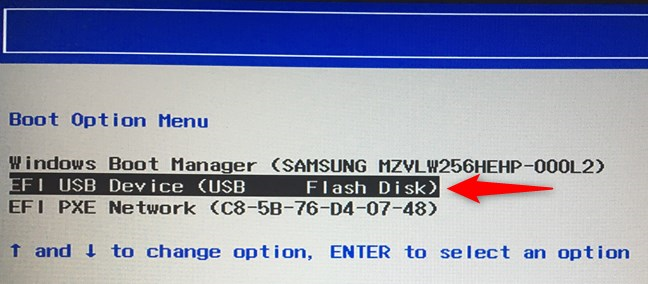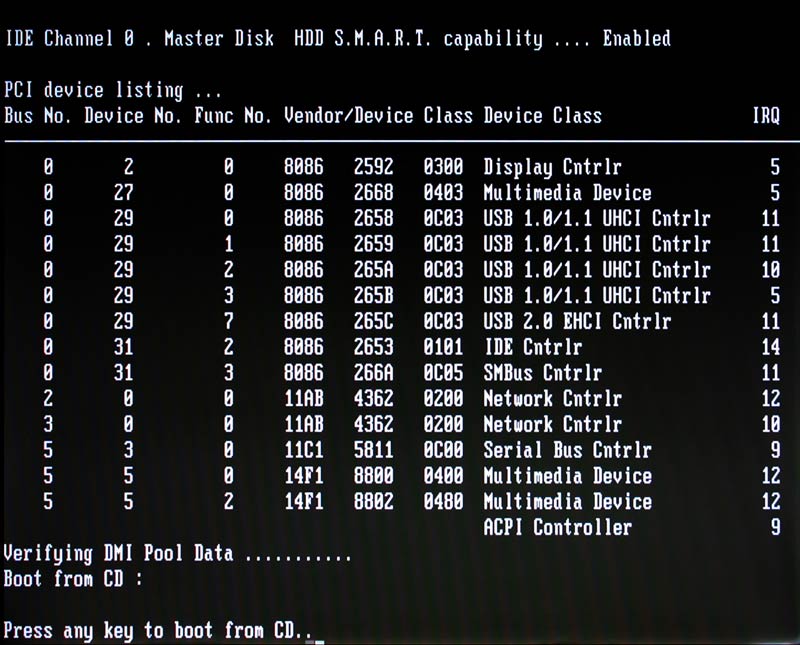

I am assuming that you have the boot order set properly, and that you have the console of the VM open to quickly (very quickly) respond to the boot from ISO prompt.Īnother option is to produce a VHDX using the very latest version of Convert-WindowsImage as it now includes the UEFI boot support option.

In the details pane, click to select the Enable Secure Boot check box.In the details pane, click to clear the Enable Secure Boot check box, and then clickĪfter you have installed TP5 on the VM and installed security update 3172729, re-enable secure boot.In the details pane, select Microsoft UEFI Certificate Authority in the.In the navigation pane, select Security.Open the Hyper-V Manager, right-click the VM, and then select Settings.To resolve this issue, follow these steps: If you are running Windows 10 Version 1607 (Anniversary Edition), the Hyper-V firmware will already have the Windows Server 2016 TP5 boot manager blacklisted.įor example, when you set up Hyper-V on a Windows 10 Version 1607-based system, if you then create a Windows Server 2016 TP5-based virtual machine (VM), the VM does not start. WE use VMware at work, can anyone guess why? I use VirtualBox at home. I cannot get Generation 2 to boot a SIMPLE ISO (which confirmed works) ALL because some dimwit at MS thought it would be a good idea. MS is dying a slow and painful death, they don't support Linux (integration included with Hyper-v? No you have to download separately). What does that even mean? why does this have to be complicated?īecause someone in their infinite wisdom decided to change something.

I used the *SAME* ISO that worked on a GEN1, SAME HOST OS, nothing is changed, just using MS crappy Generation 2 VM (which fully supports Windows 8 and windows 2012) and I can't even install the OS. I have to boot SCSI DVD, totally ridiculous. OS installs FINE, nothing wrong with the ISO, my machine or the install of Hyper-V. This Hyper-V is the WORST implementation I have EVER seen. I have been doing virtualization Administrator for 8 years now.


 0 kommentar(er)
0 kommentar(er)
